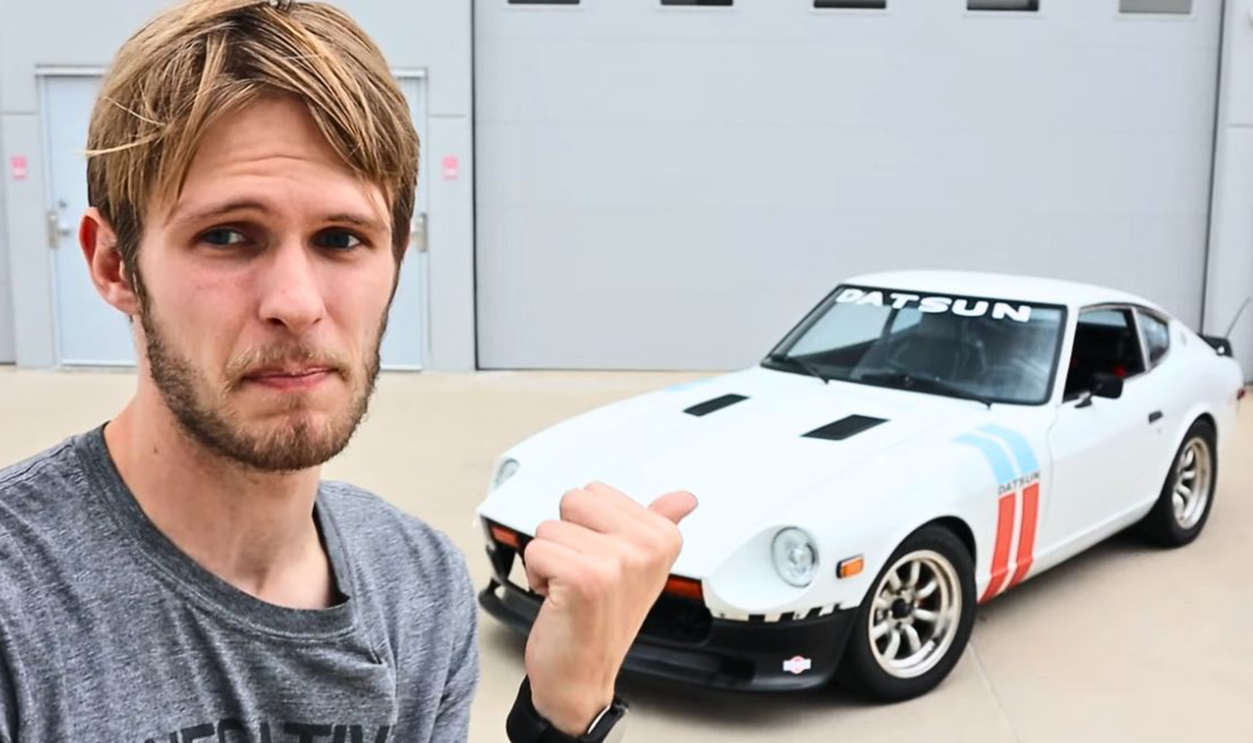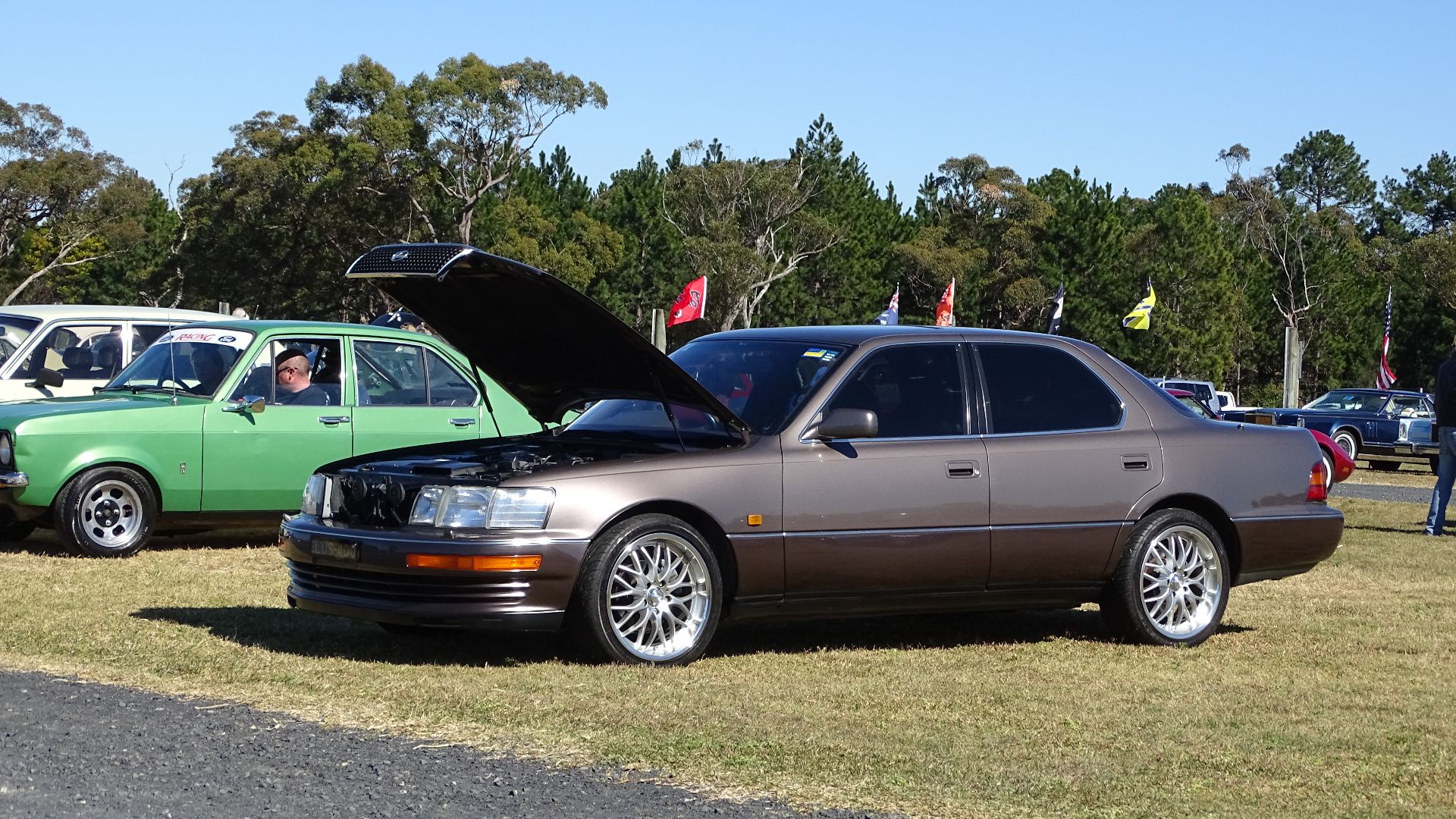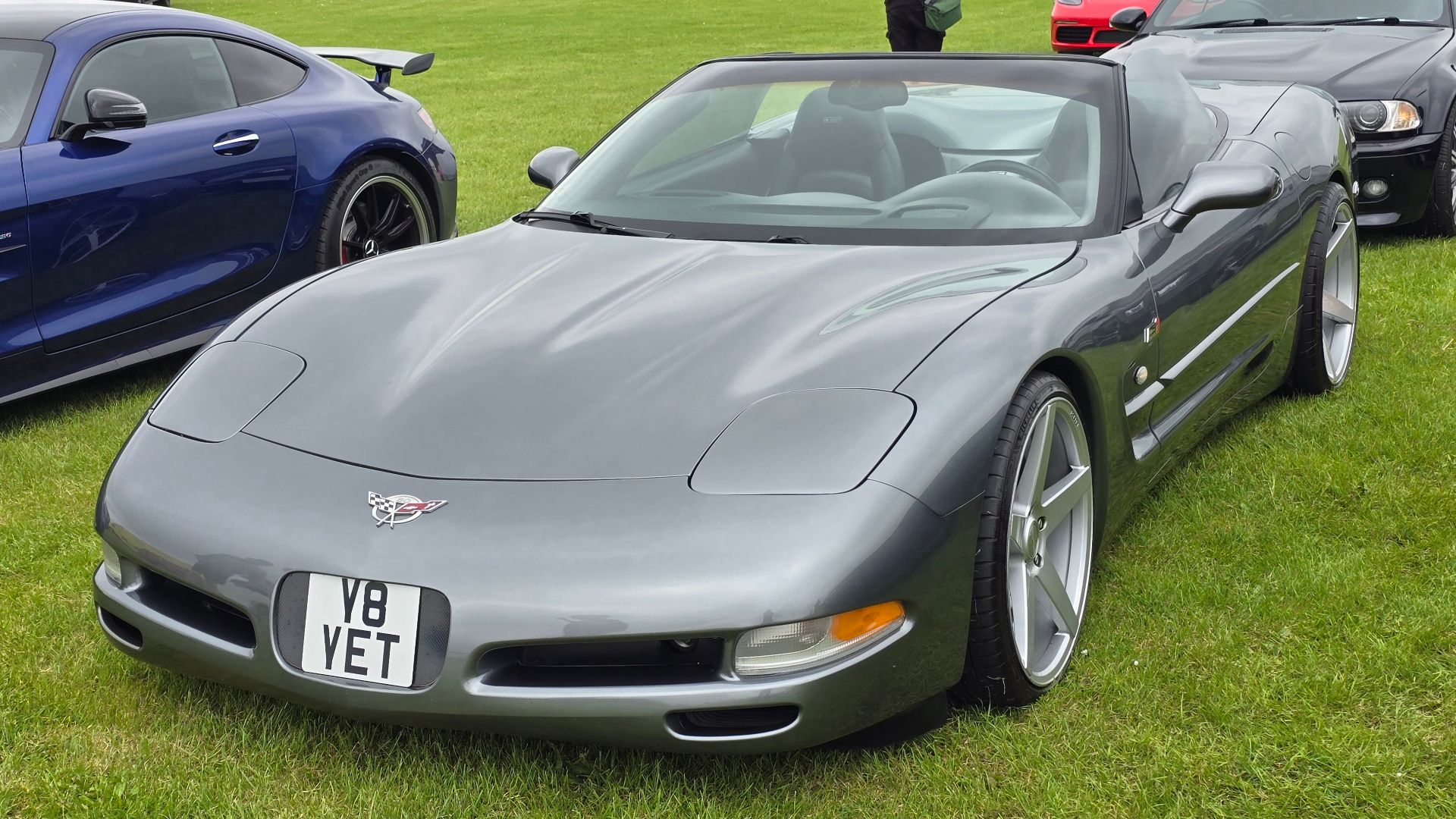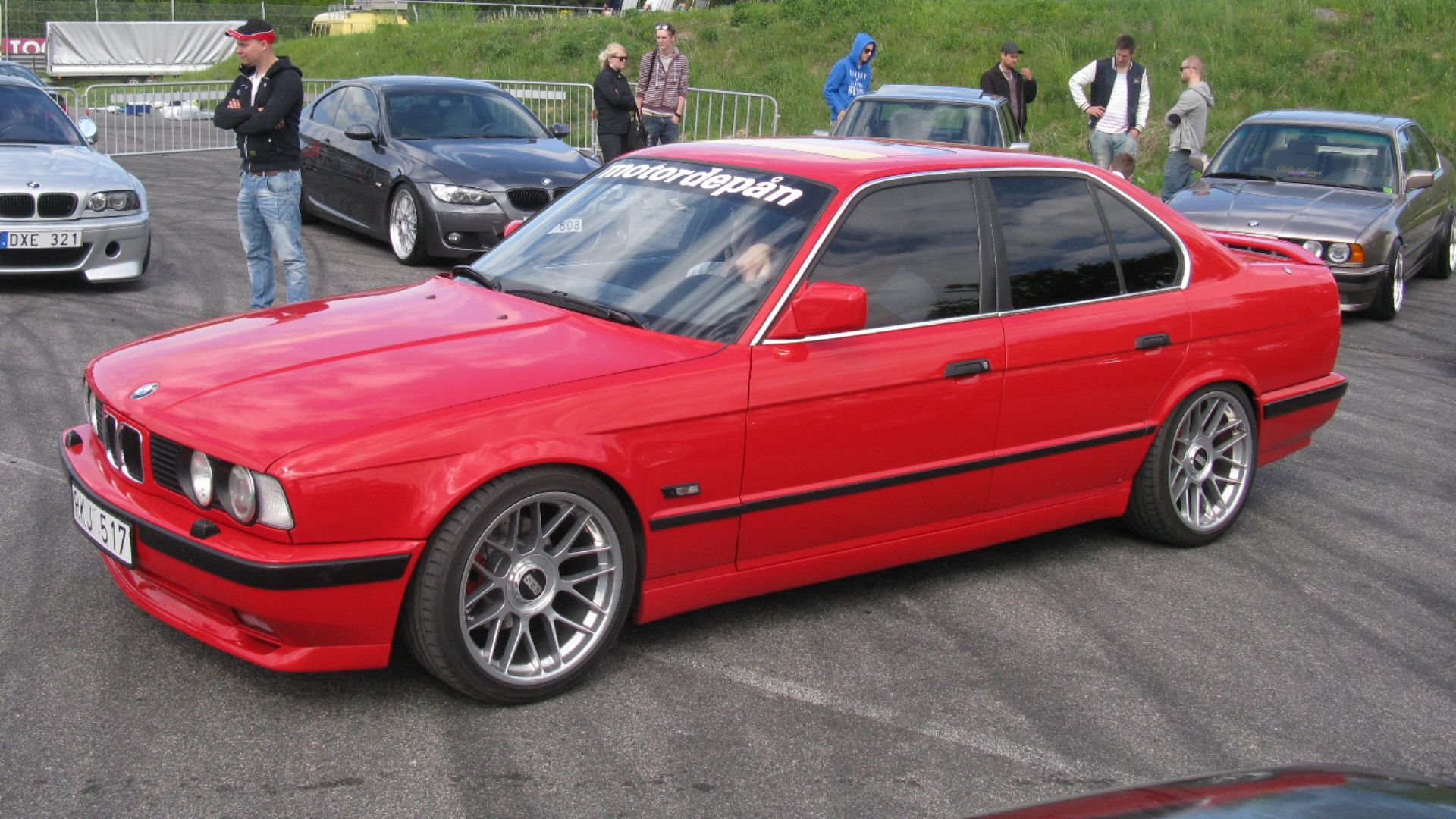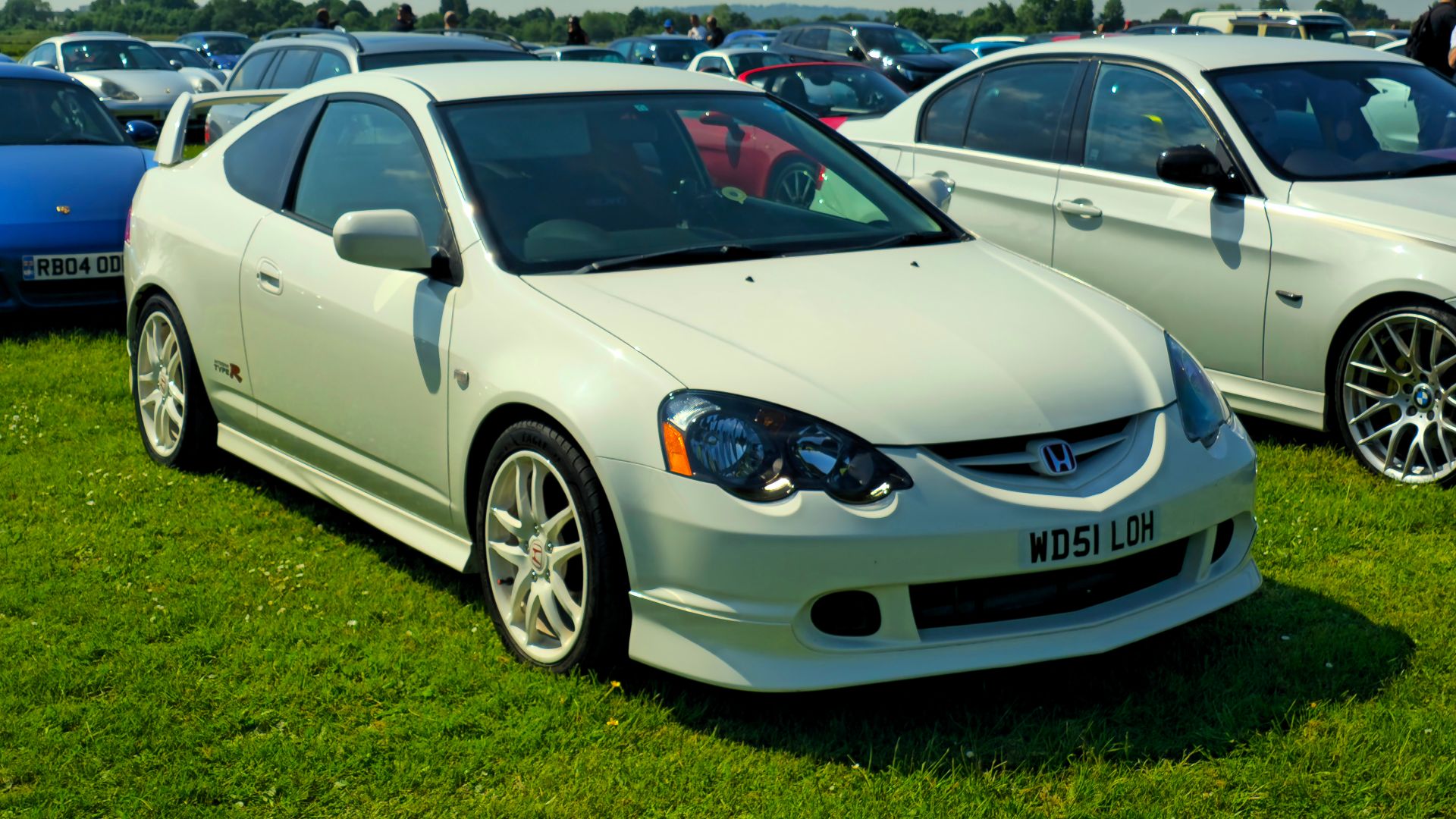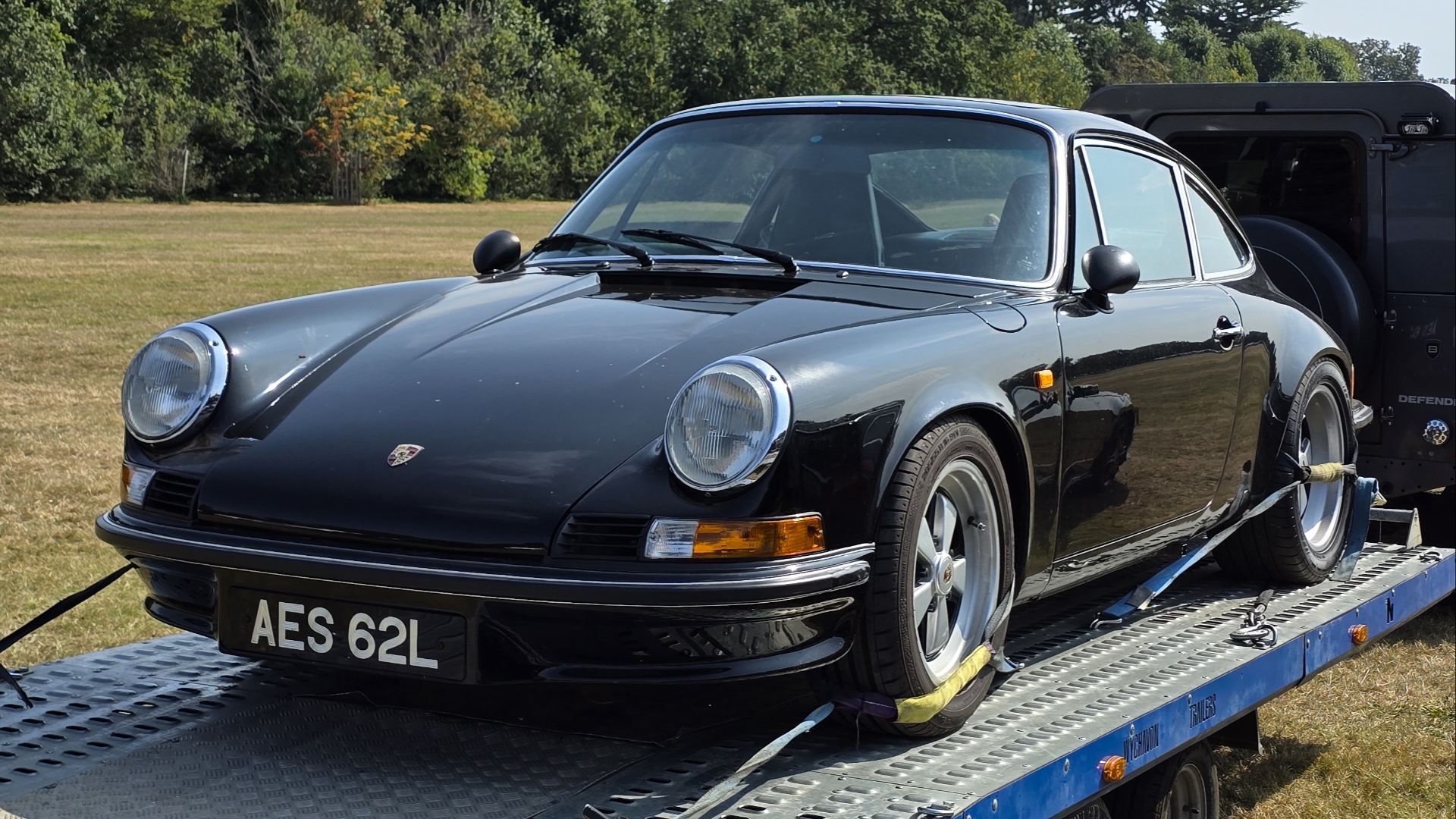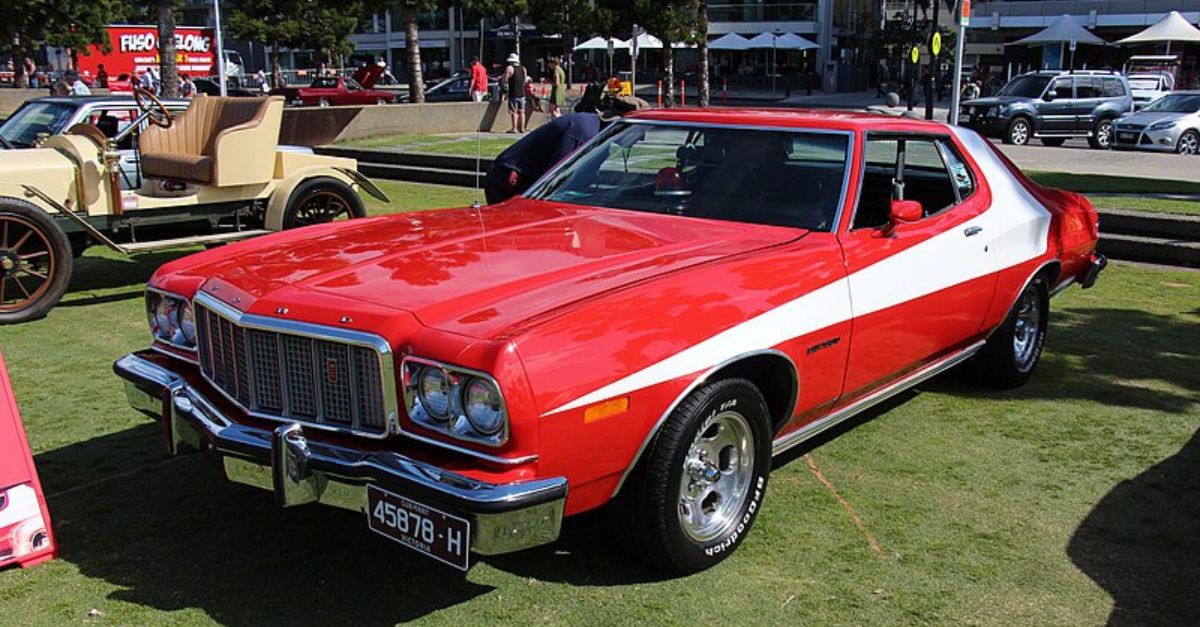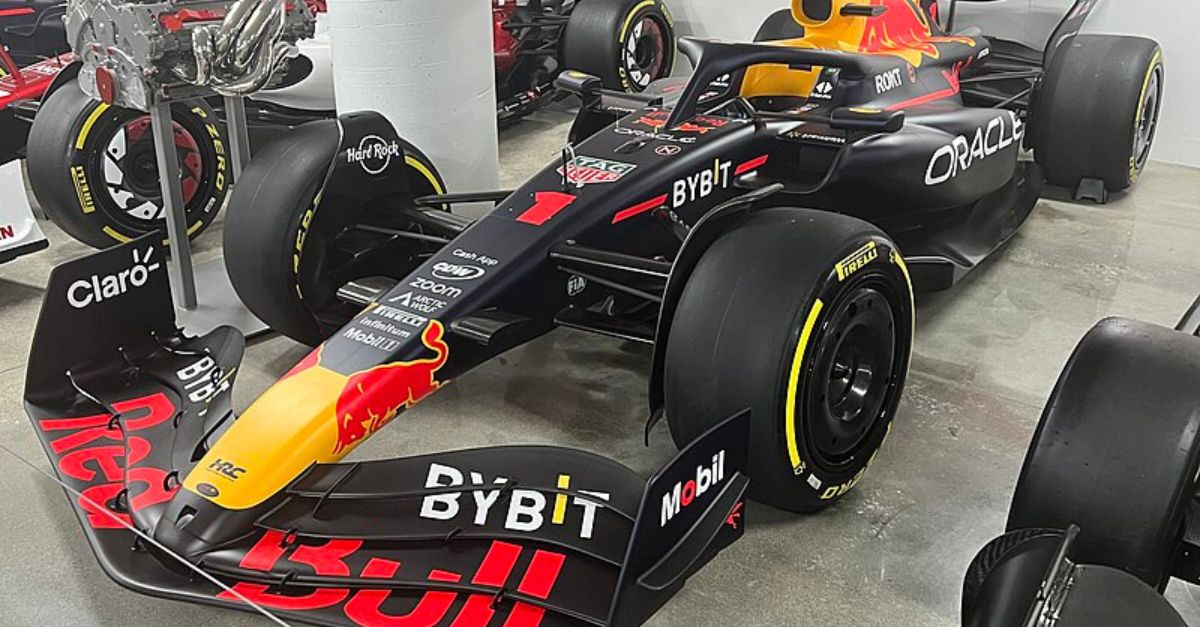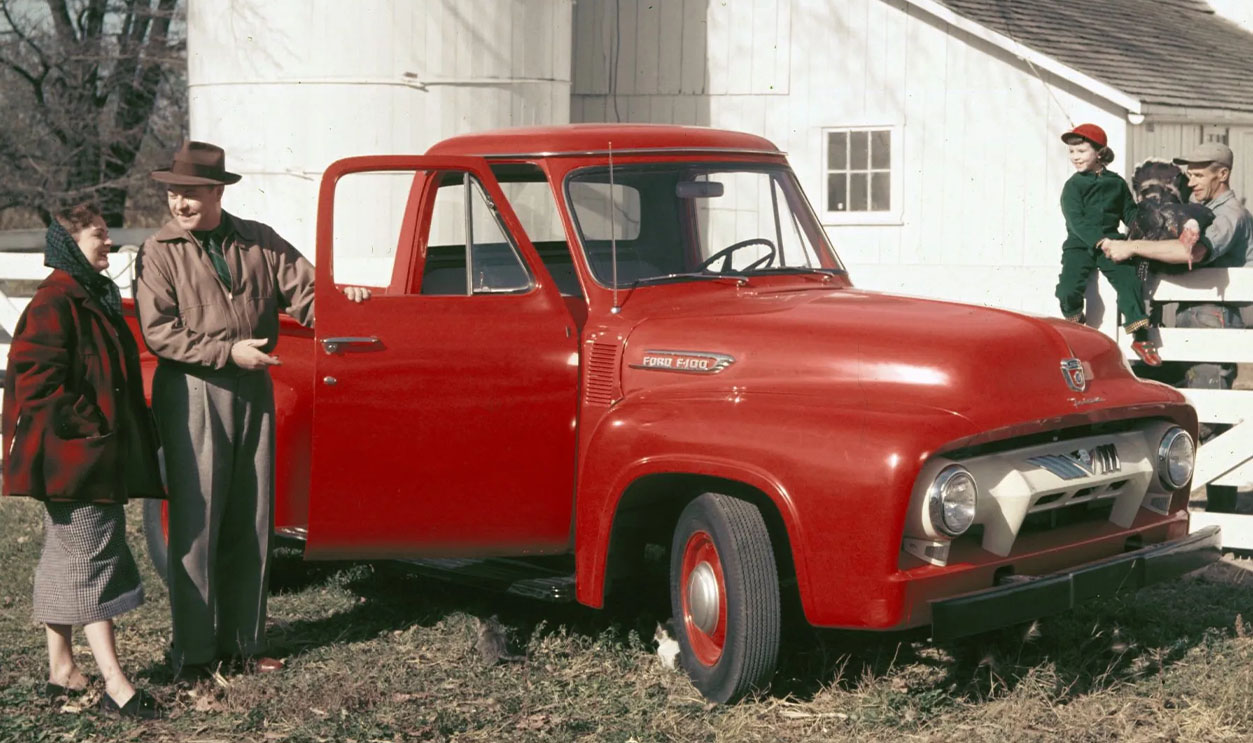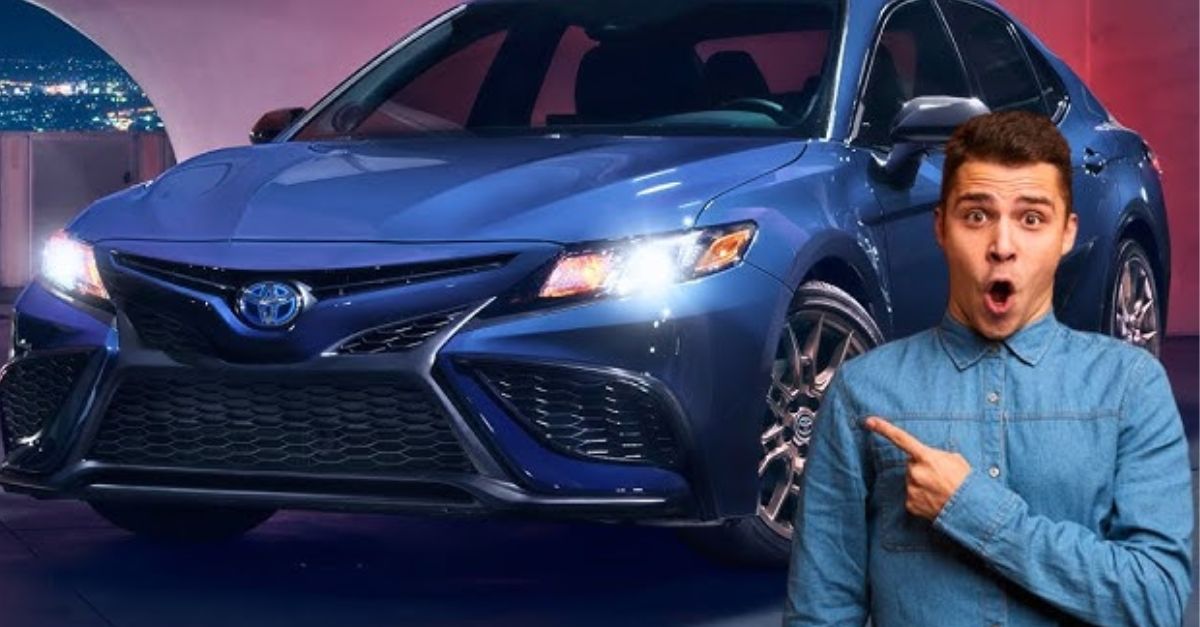Old Steel, New Confidence
When most folks hear “classic car,” they imagine breakdowns, oil drips, and mysterious smells. But some vintage rides are downright dependable if you pick wisely and stay on top of maintenance. Here are 20 classic cars that punch way above their age in reliability, blending charm with mechanical grit.
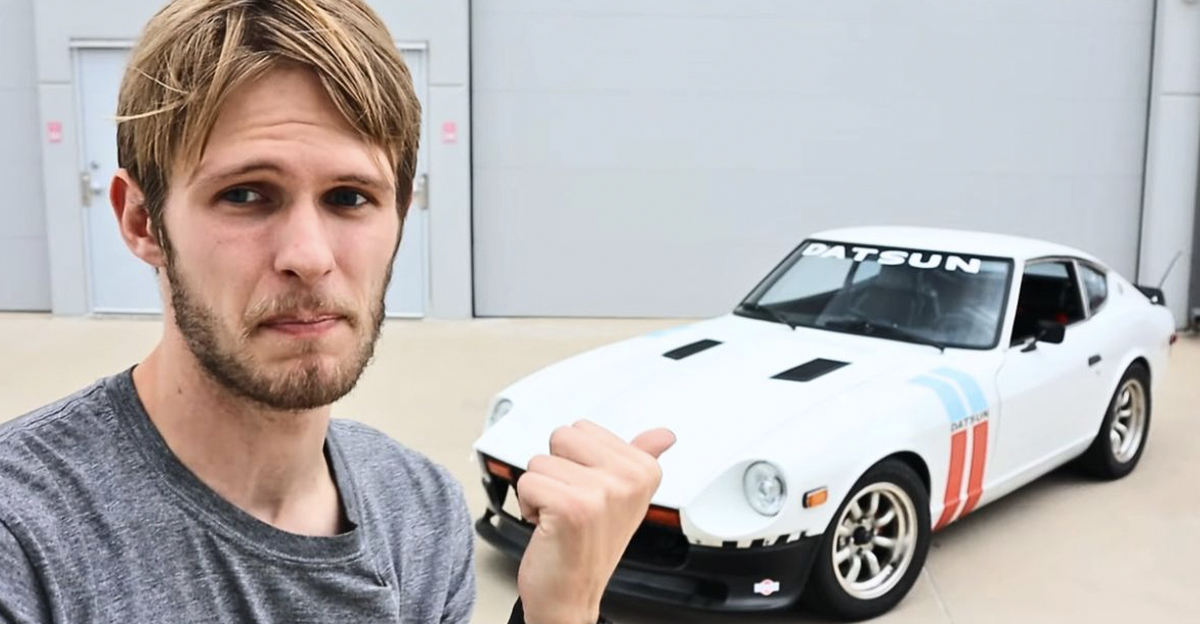
1964-1973 Ford Mustang
The first-generstion Mustangs used simple, robust pushrod V8s and straightforward drivetrain layouts. In the classic‑car community, these are often cited as 'appliance muscle', meaning parts are plentiful, many issues are well known, and a solid rebuild can keep them running for decades without constant drama.
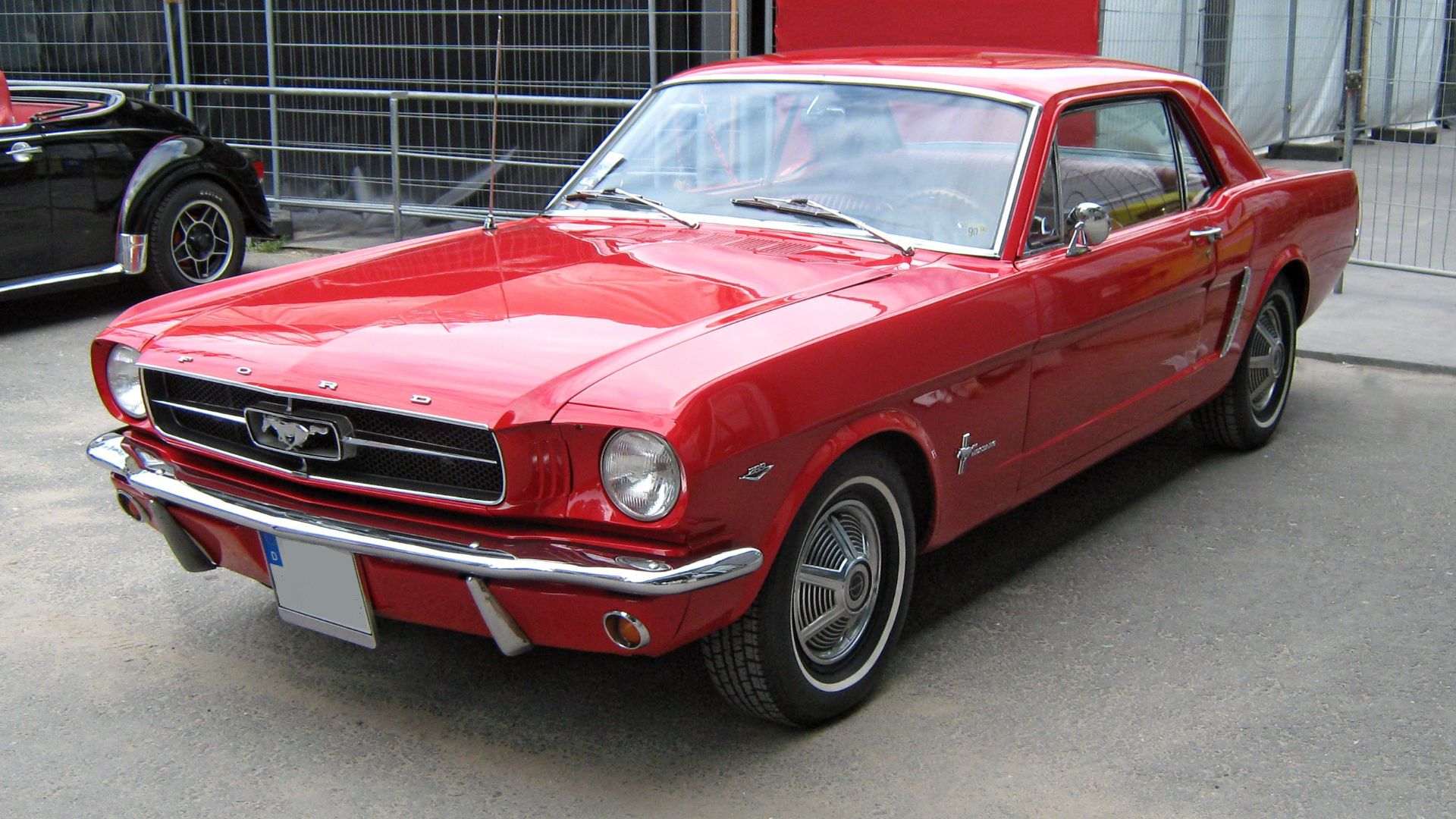 Kroelleboelle, Wikimedia Commons
Kroelleboelle, Wikimedia Commons
Volkswagen Beetle Type 1
Few classics are as enduring as the Beetle. Its air‑cooled flat‑four engine is simple, forgiving, and famously rebuildable in the field. Owners joke you can carry the tools to fix one in the trunk. Thanks to huge global parts support and minimal electronics, Beetles are still daily‑drivable in many places.
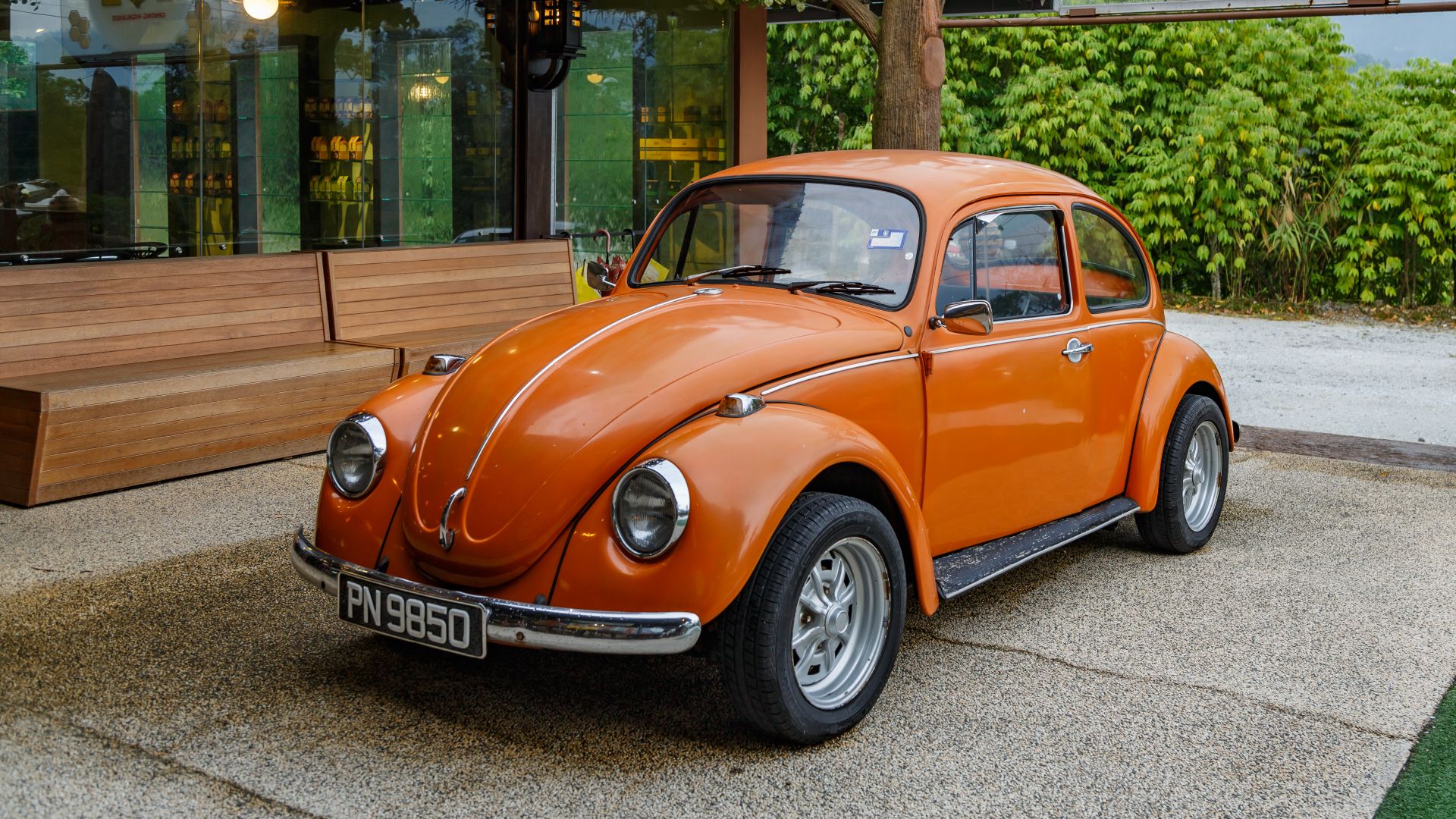 CEphoto, Uwe Aranas, Wikimedia Commons
CEphoto, Uwe Aranas, Wikimedia Commons
1967–1969 Chevrolet Camaro
Early Camaros share many mechanical components with other GM models of the era, giving them reliability advantages. The small‑block Chevy V8 is legendary for durability, and the relatively simple suspension and drivetrain mean fewer failure points. With good maintenance, many first-gen Camaros have clocked over 200,000 miles.
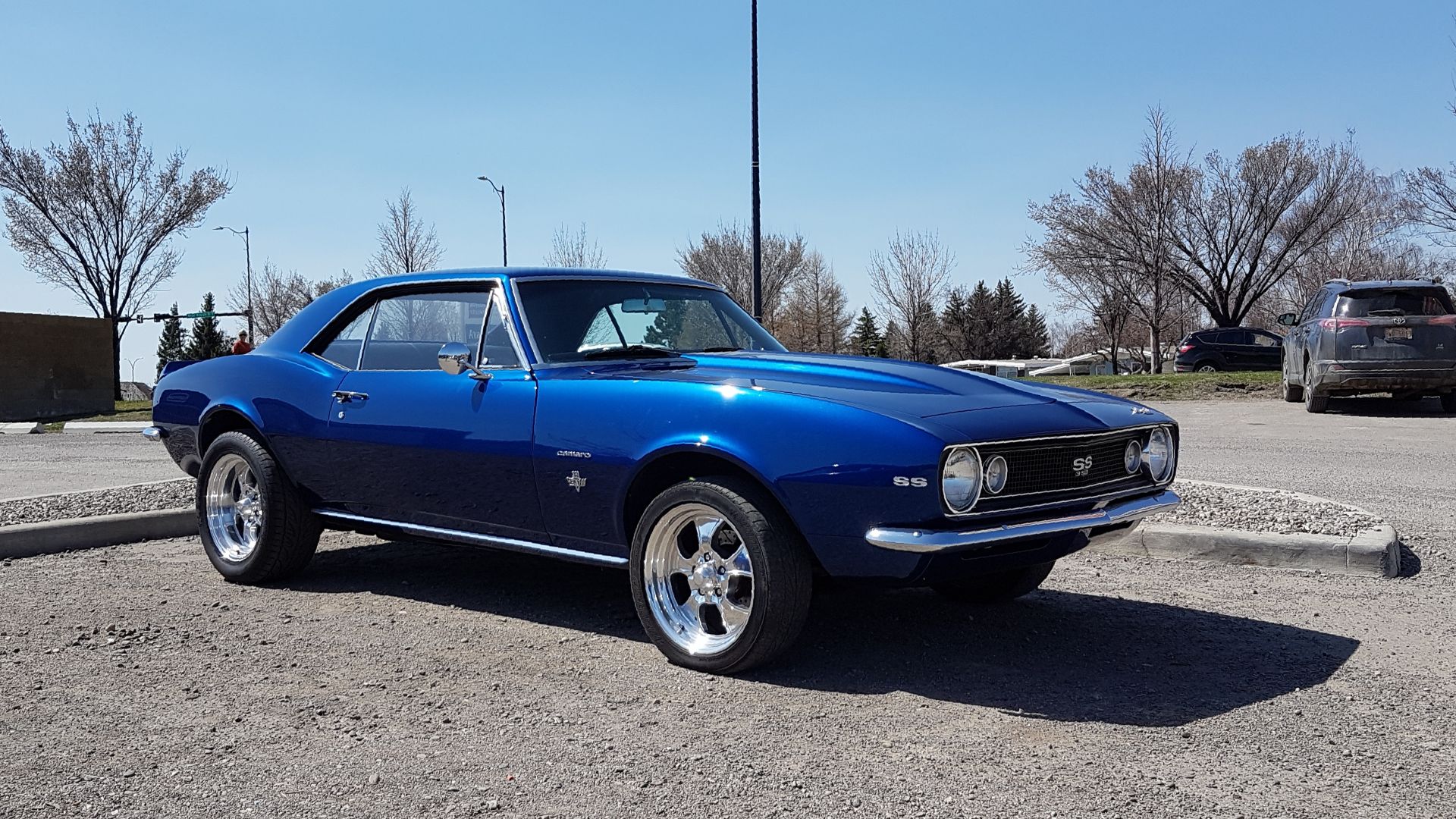 dave_7 from Canada, Wikimedia Commons
dave_7 from Canada, Wikimedia Commons
1973–1979 Ford F-150
The sixth-generation F‑150 benefited from decades of Ford truck engineering maturity. These trucks were built with ruggedness in mind: boxy frames, thick panels, and simple electronics. Many still run with high mileage today as work trucks, thanks to forgiving engines, abundant parts, and a robust platform.
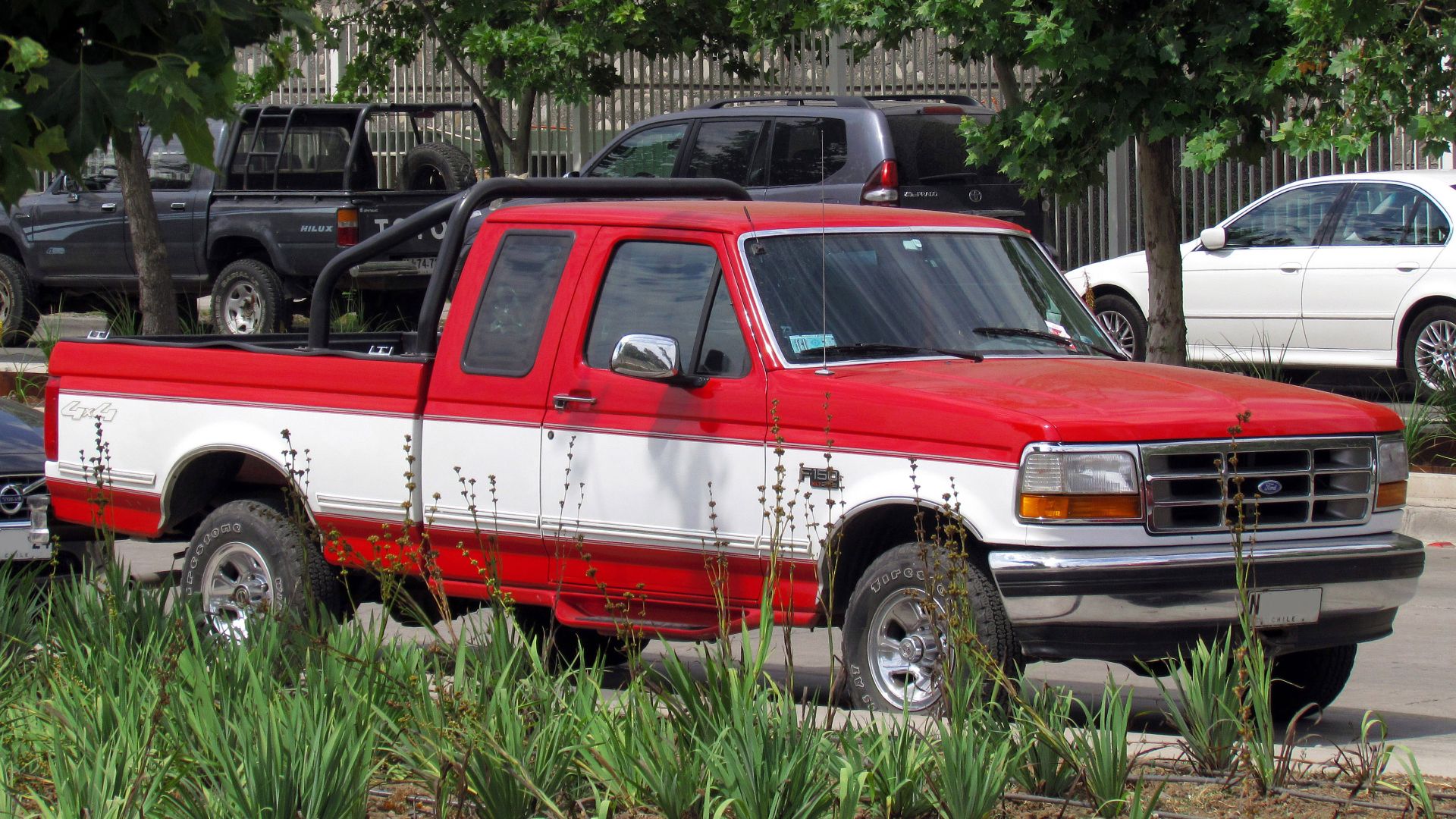 RL GNZLZ from Chile, Wikimedia Commons
RL GNZLZ from Chile, Wikimedia Commons
1955–1957 Chevrolet Bel Air
The second-gen Bel Air and related second-generation Chevy full‑size models used big, simple V8s and durable components. They lack modern conveniences, but the simplicity is their strength: fewer things to fail, plenty of aftermarket parts, and a community of restorers who know every weak spot.
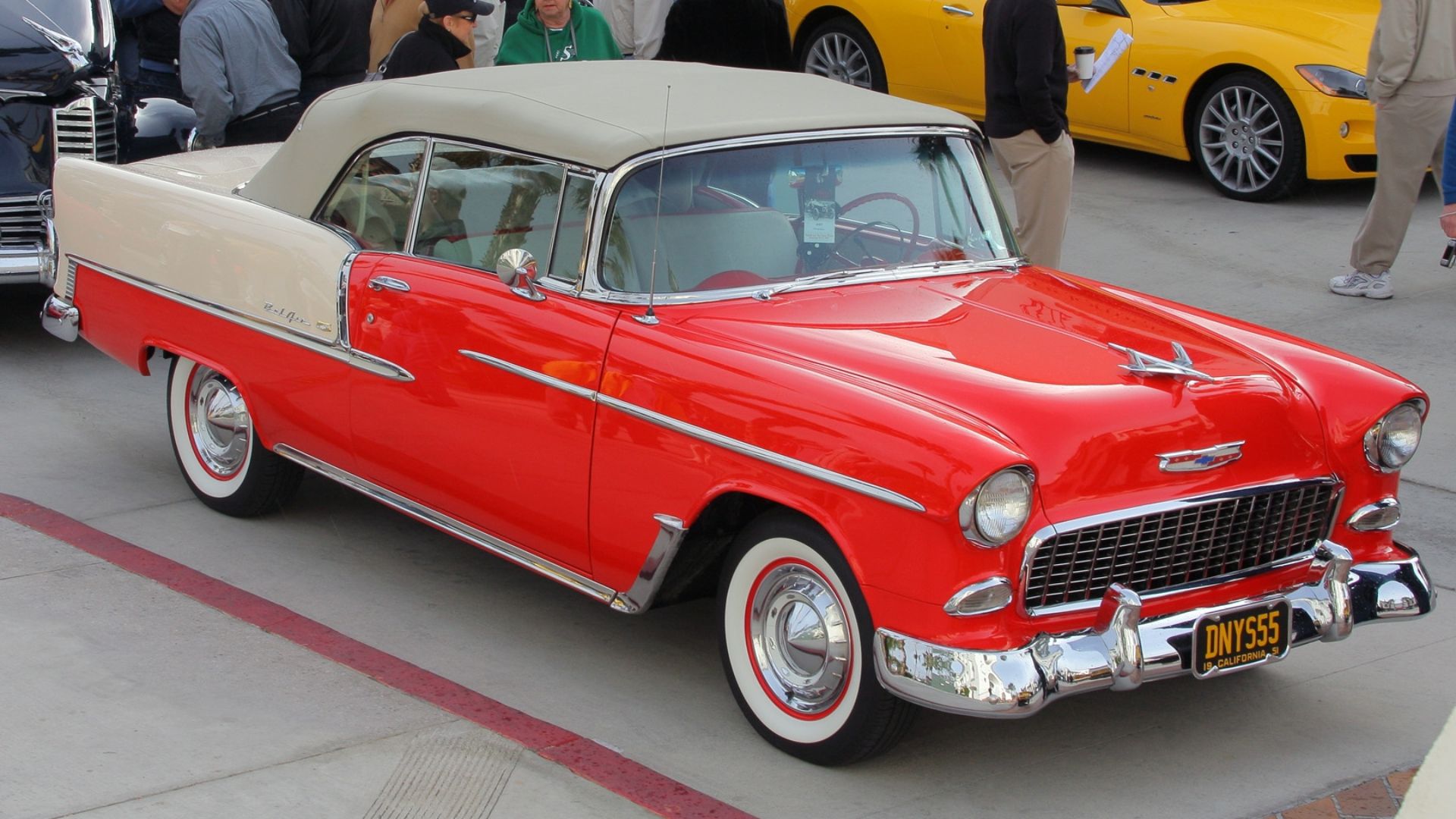 Rex Gray from Southern California, Wikimedia Commons
Rex Gray from Southern California, Wikimedia Commons
1960–1961 Dodge Dart
The first-gen Dodge Darts often used dependable slant‑six or simple V8s, and their mechanical layout is not overly exotic. While rust can plague body panels, the core mechanicals tend to survive well when maintained. For owners who keep up with lubrication, cooling, and seals, Darts can be surprisingly low‑drama.
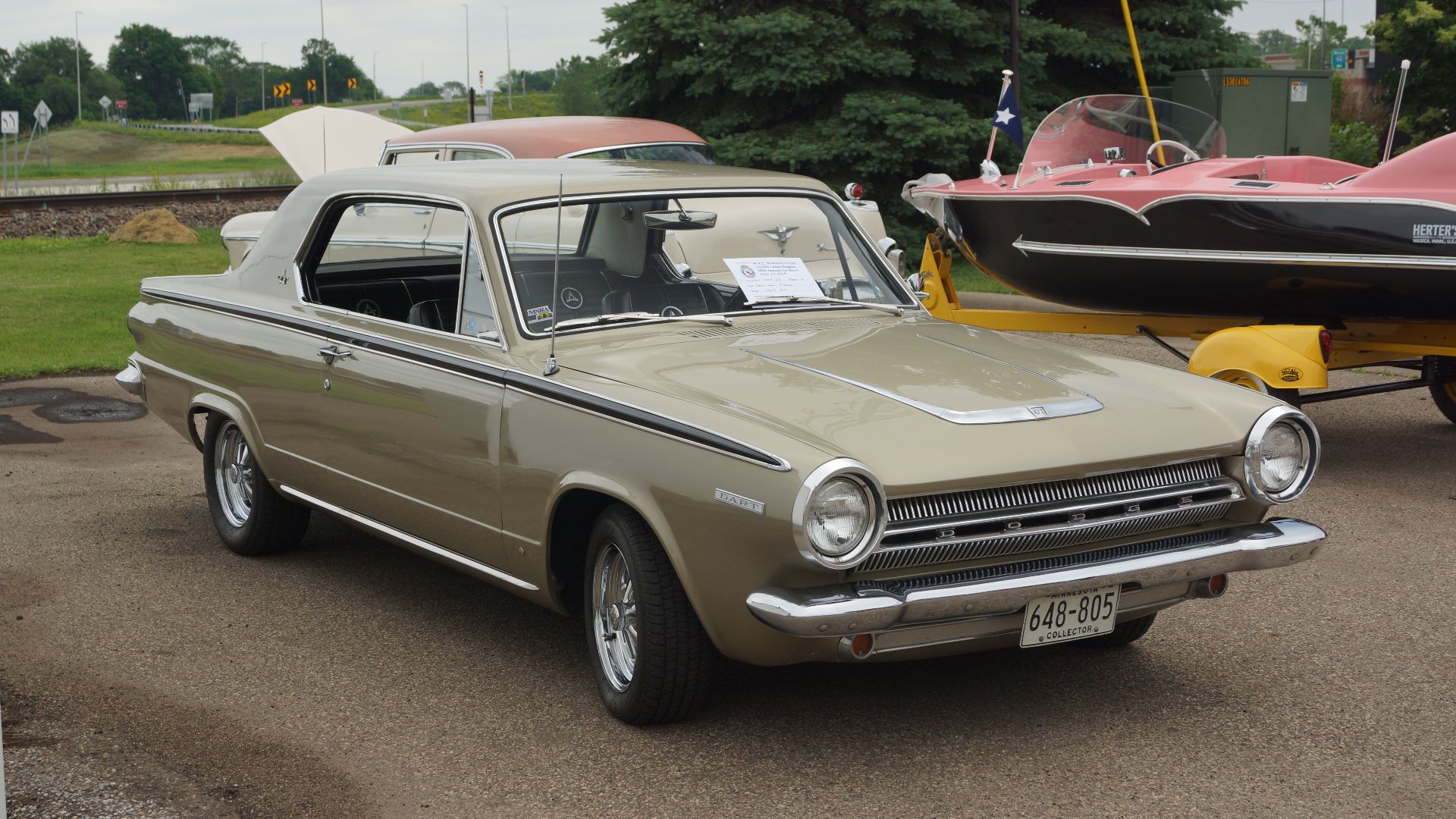 Greg Gjerdingen, Wikimedia Commons
Greg Gjerdingen, Wikimedia Commons
1963–1966 Plymouth Valiant
Second‑generation Valiants share mechanical kinship with Dodge’s simpler platforms. Their engines and drivetrains were built for longevity rather than performance extremes. With modest power outputs, they tend to face lower stress, and many owners report solid longevity with basic maintenance.
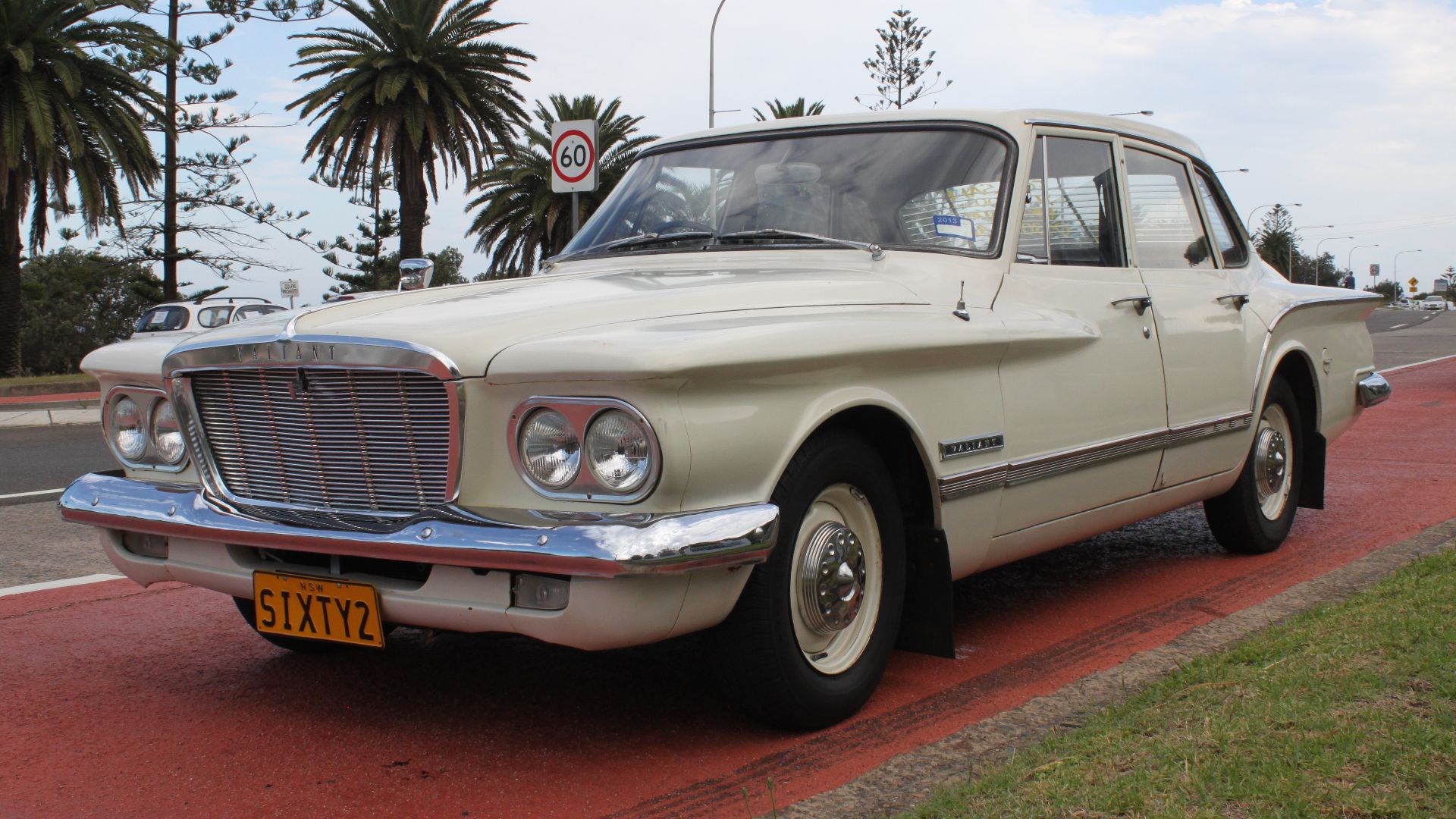 Jeremy from Sydney, Australia, Wikimedia Commons
Jeremy from Sydney, Australia, Wikimedia Commons
1960–1966 Chevrolet C10 (First-Gen)
Classic C10 pickups benefit from big-block or small-block Chevy engines, which are robust and well understood. Truck frames and components were overbuilt for hauling, so mechanical parts age better under load. Because many were kept as work trucks, a lot of spares are still around, making them easier to keep running.
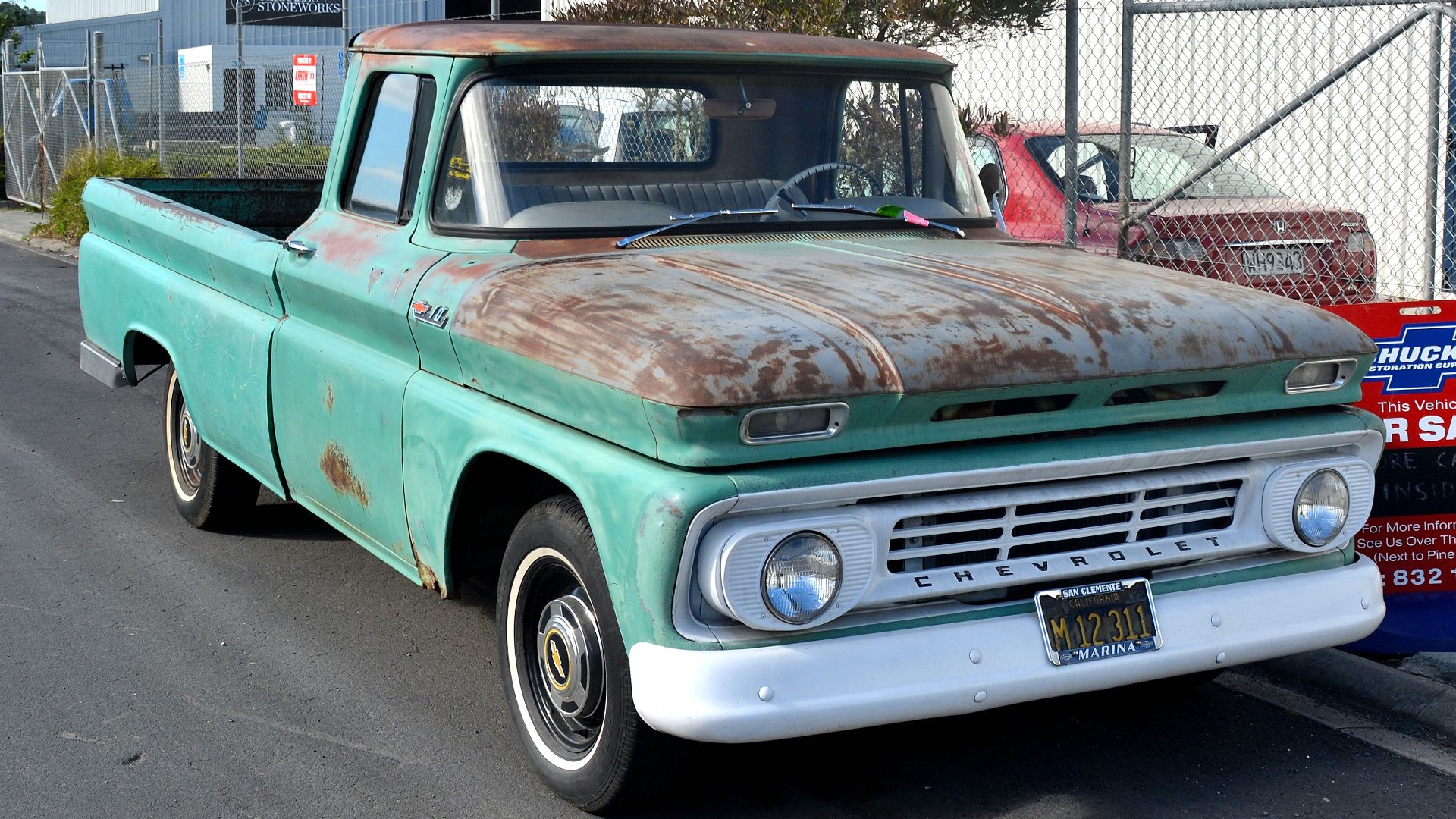 GPS 56 from New Zealand, Wikimedia Commons
GPS 56 from New Zealand, Wikimedia Commons
1960–1970 Mercury Cougar
Ford’s luxury‑leaning variant of the Mustang for the Mercury brand, early Cougars share reliable underpinnings with Fords and Mustangs. The relative mechanical simplicity, combined with parts interchangeability and a moderate community, make first-gen Cougars a smart classic pick when maintained well.
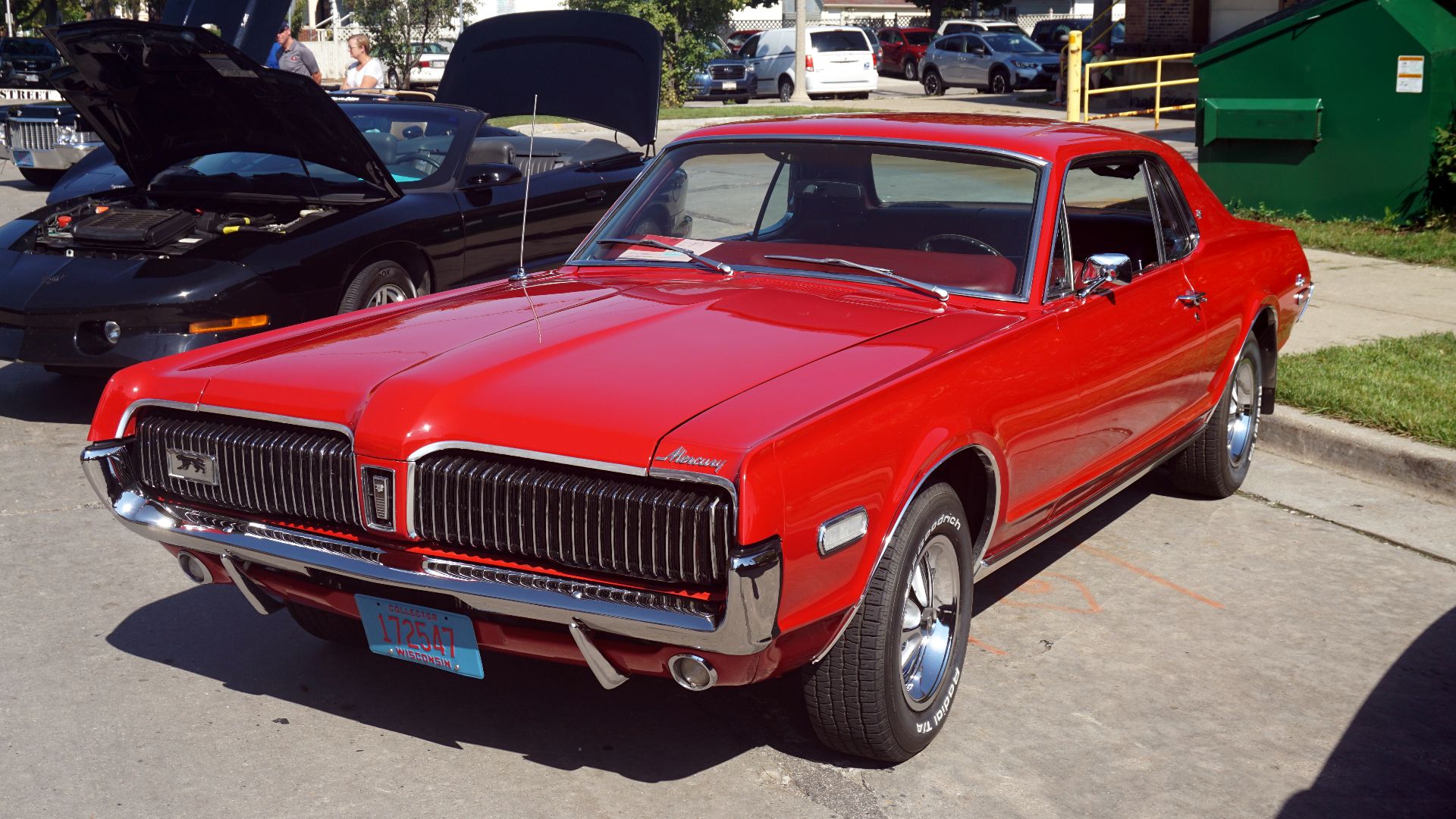 Michael Barera, Wikimedia Commons
Michael Barera, Wikimedia Commons
Jeep Cherokee (XJ)
One of the modern classics, the XJ Cherokee (late 1980s through mid‑1990s) is legendary for reliability, especially when equipped with the 4.0 L inline-six. That powertrain is widely praised for its durability, long service intervals, and simple design. Many XJs are still daily drivers today.
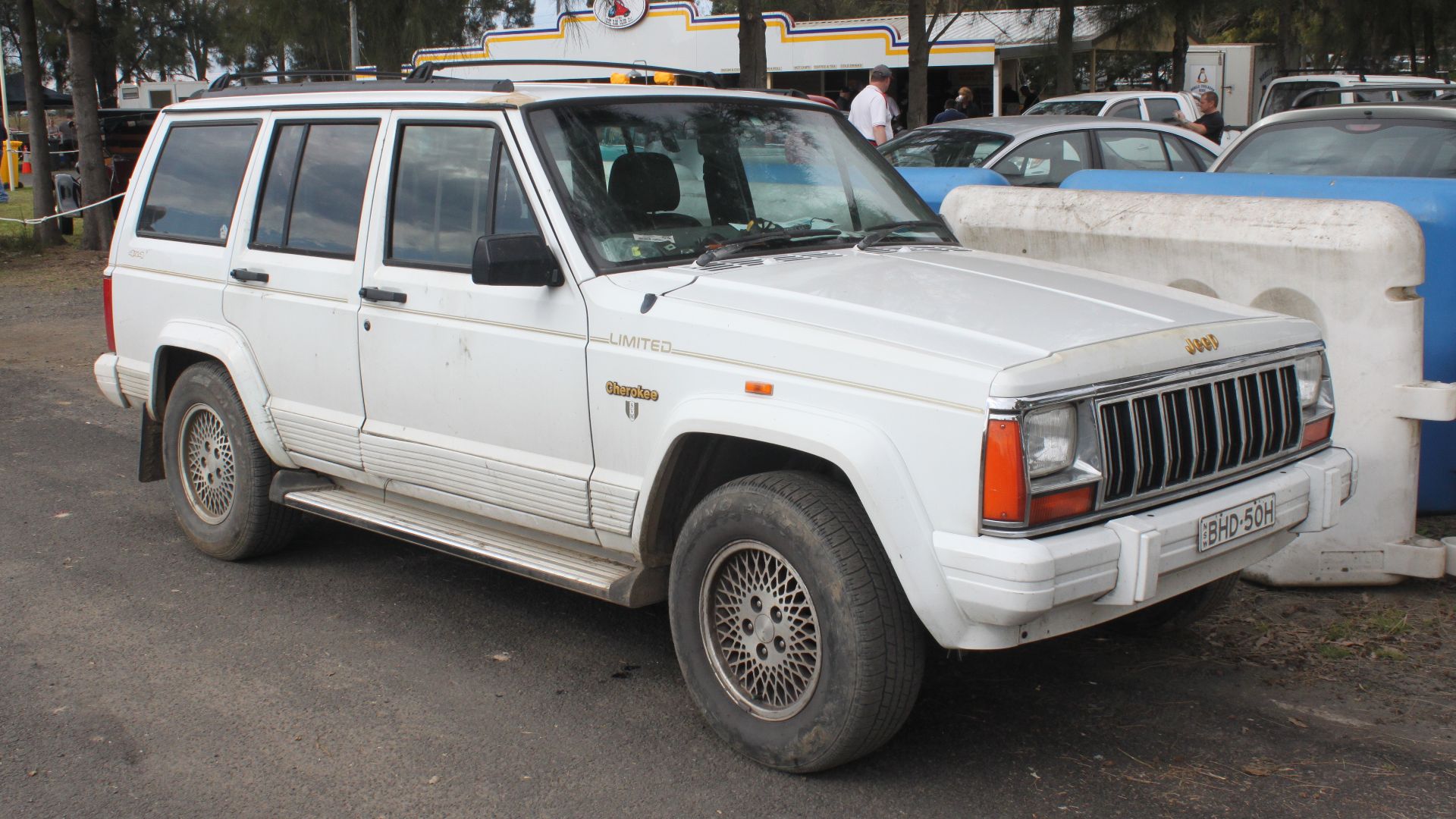 Jeremy from Sydney, Australia, Wikimedia Commons
Jeremy from Sydney, Australia, Wikimedia Commons
1990–1994 Lexus LS400
The first-gen Lexus LS400 redefined reliability expectations. With Toyota’s famed attention to build quality and engineering maturity, these sedans feature rugged V8 engines, strong transmissions, and excellent long-term durability. Enthusiasts regularly report six‑ and seven‑figure mileages with few major overhauls.
1994–1996 Chevrolet Impala SS
The mid‑’90s Impala SS used shared components with GM’s full‑size platforms (including police / taxi chassis). These parts are built for heavy use, making them more durable than many assume. Because of high production volumes and shared parts bins, repairs and spares are often economical.
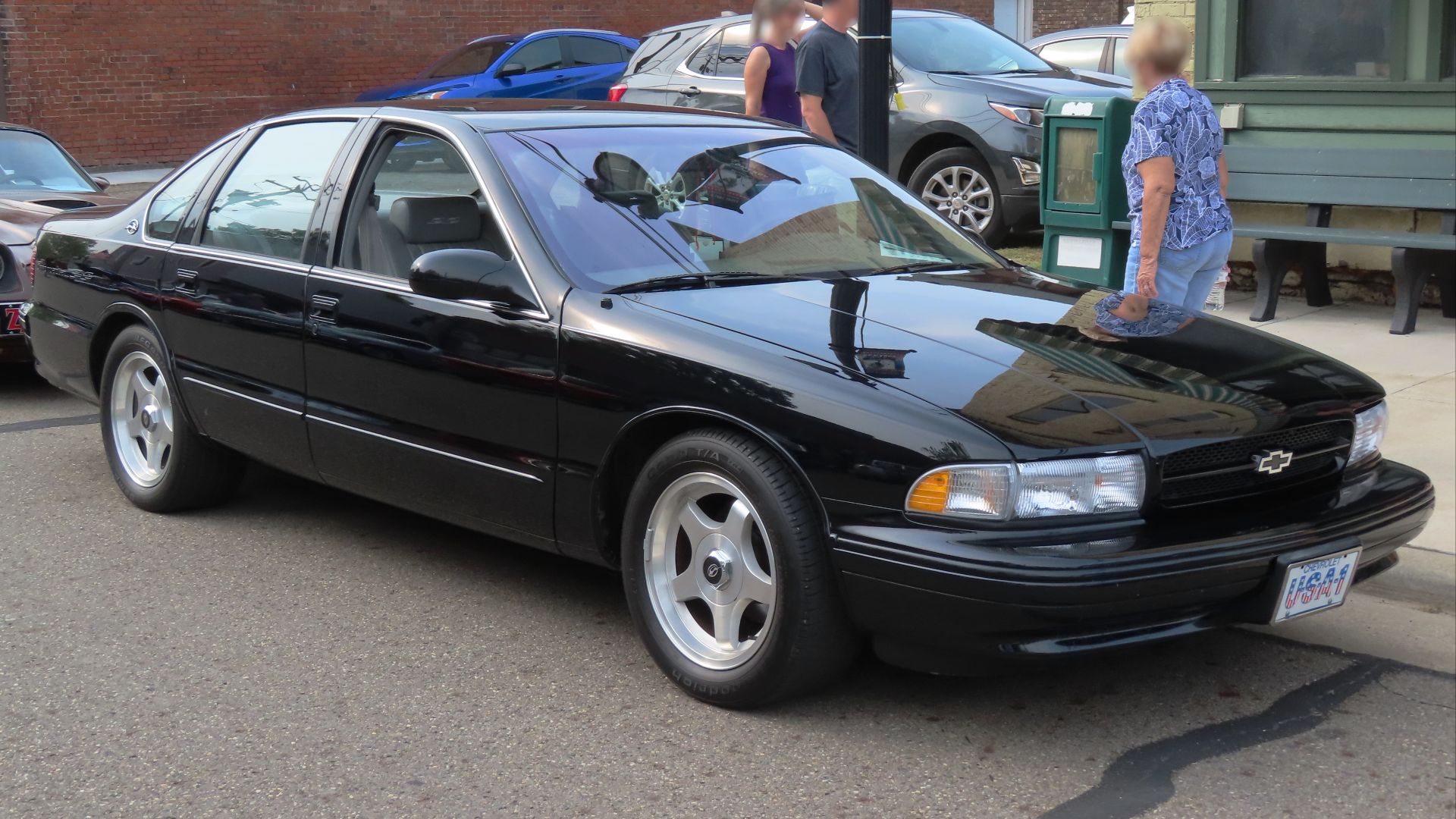 MercurySable99, Wikimedia Commons
MercurySable99, Wikimedia Commons
1984–1991 BMW 3 Series (E30)
The E30 3 Series is a darling of the classic world, and part of that status is its proven track record. BMW engineered these with robust M‑series and M20 / M21 engines and conservative tolerances by later standards. Countless examples run daily even now, and the E30 often ranks among the most dependable vintage German cars.
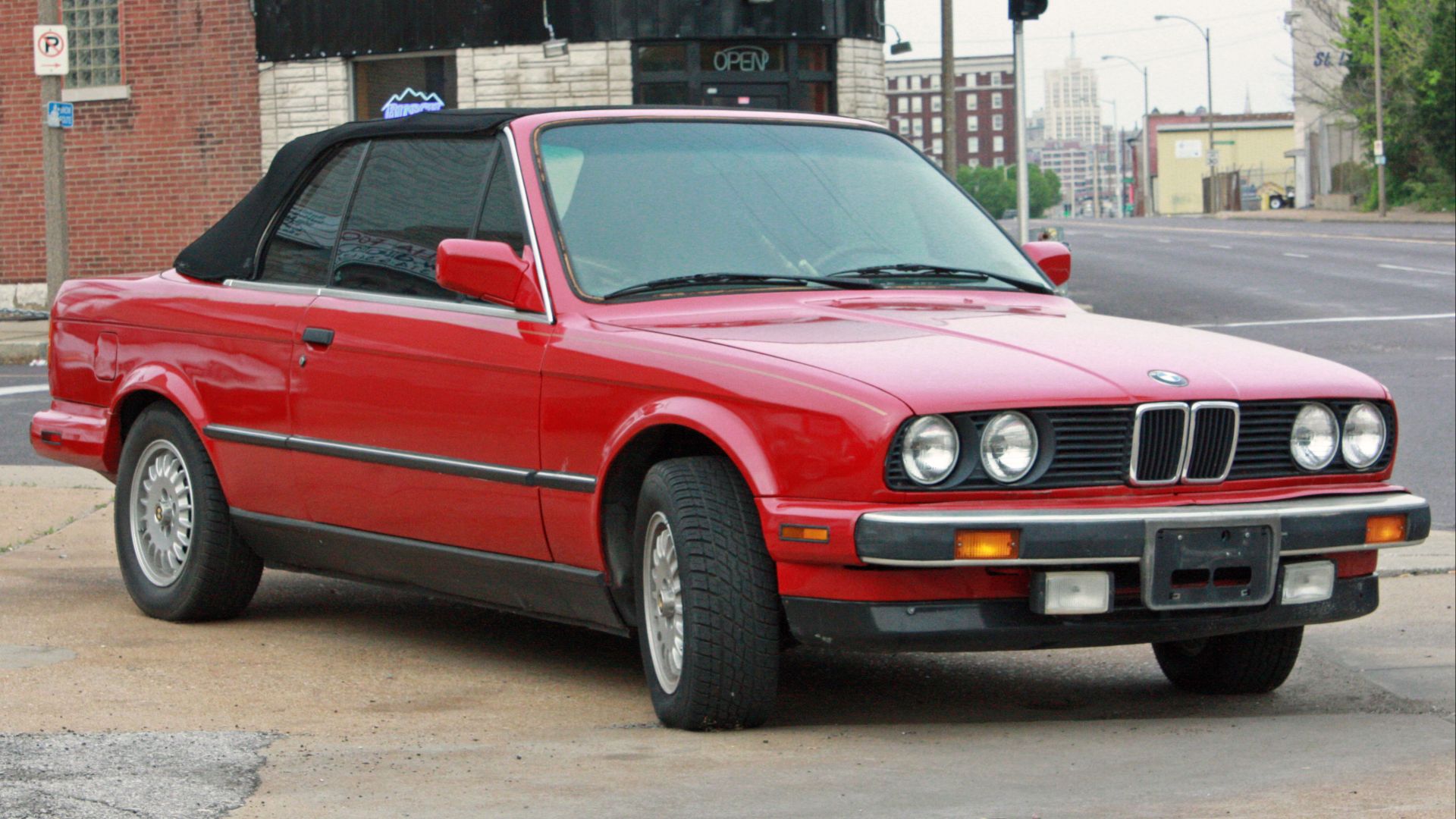 Ryanandlenny, Wikimedia Commons
Ryanandlenny, Wikimedia Commons
1997–2004 Chevrolet Corvette (C5)
The C5 generation was built with many modern lessons baked in: modular systems, good corrosion protection, and a relatively simple but powerful LS-series V8 engine. While not ancient, the early‑2000s design is vintage enough to count here, and many C5s rack up high miles with minimal disasters.
1991–1995 BMW 5 Series (E34)
The E34 5 Series is known for its overengineered chassis, robust build, and durable engines such as the M30 and M50. With cooling system care and regular maintenance, many survive with six‑figure mileage. The mechanical systems are simple by modern standards, which helps keep surprises low.
1990–1997 Mazda MX‑5 Miata (NA / NB)
The humble Miata is often regarded as one of the most reliable classic sports cars you can own. Its engines are robust, electronics are minimal, and the simple layout makes DIY fixes straightforward. Many owners drive them every day even decades later.
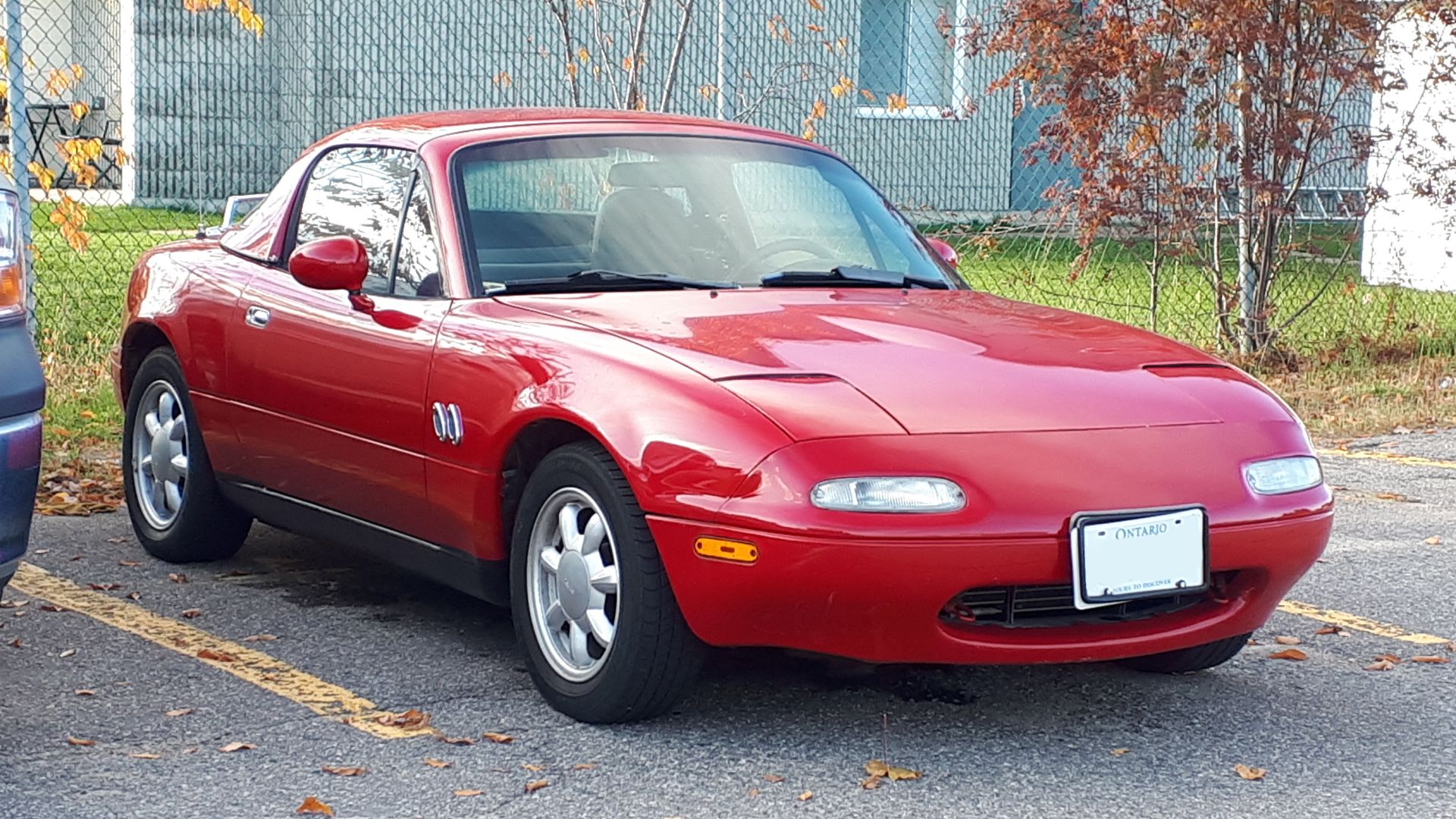 SsmIntrigue, Wikimedia Commons
SsmIntrigue, Wikimedia Commons
1994–2001 Acura Integra
The Integra (especially the DOHC B‑series variants) benefits from Honda’s reliability reputation. The engines and transmissions are durable, parts plentiful, and many components are shared across the Honda line. It’s not surprising to see high-mileage Integras still commuting with minimal drama.
1991–1998 Toyota Land Cruiser
Toyota’s Land Cruiser lineage is legendary, and the 80/90 series of the 1990s is no exception. Rugged frames, simple and overbuilt drivetrains, and excellent parts support give these trucks almost mythic survivability: they’re used in deserts, jungles, and everywhere in between.
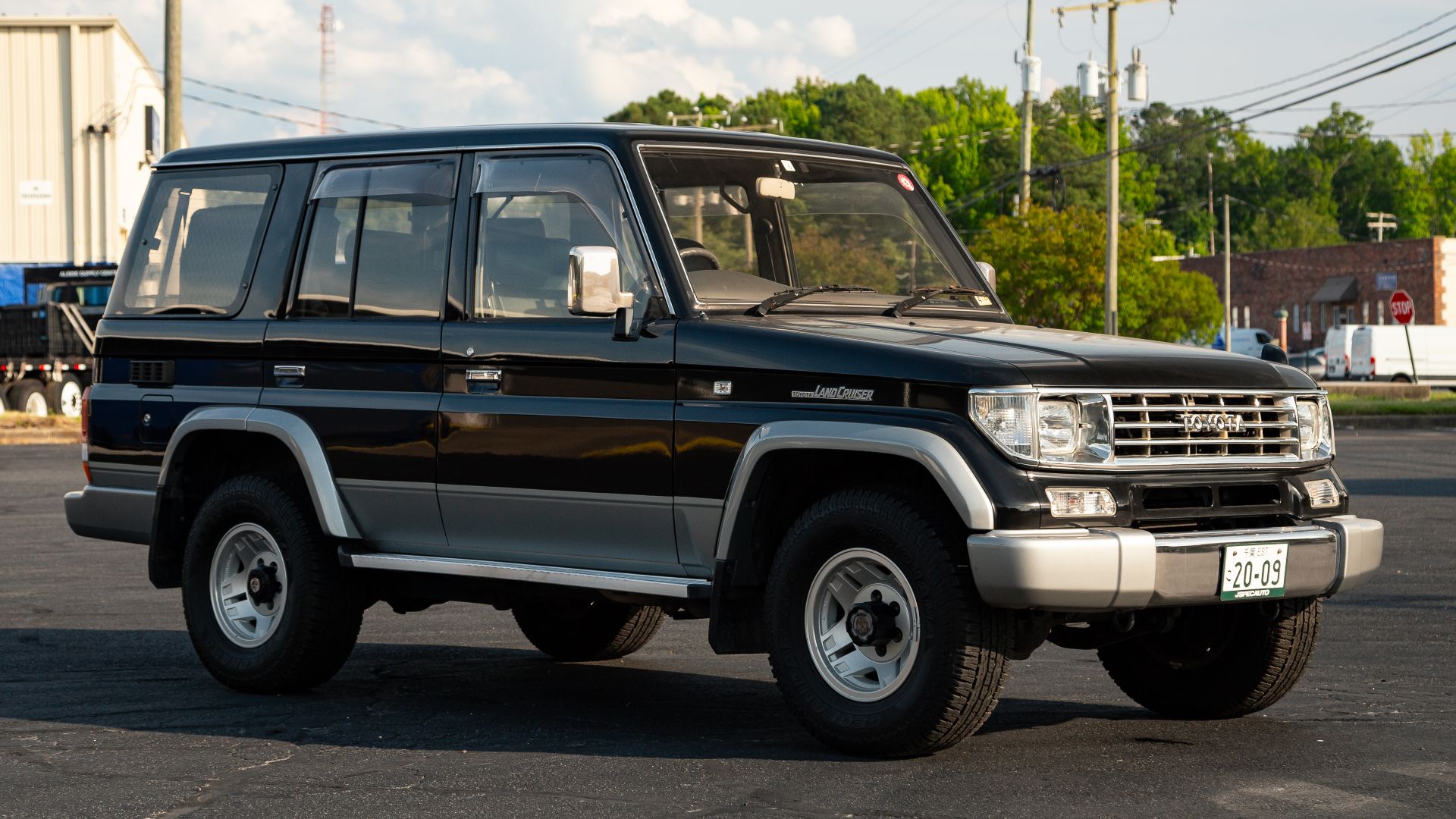 Guyon from Richmond, VA, United States of America, Wikimedia Commons
Guyon from Richmond, VA, United States of America, Wikimedia Commons
Porsche 911SC and Carrera 3.2
Air-cooled 911s are often seen as delicate, but the SC and 3.2 variants are fairly bulletproof when maintained. Their engines are well understood, robust in construction, and many common wear parts are covered by enthusiast networks. As long as cooling and seals are cared for, they can be remarkably reliable.
Datsun 280Z
This classic Japanese sports car uses a simple inline-six and relatively straightforward mechanicals. Many owners report that with diligent maintenance, the 280Z can run smoothly for long durations. Parts support through classic Datsun / Nissan networks is solid, making long-term care easier.
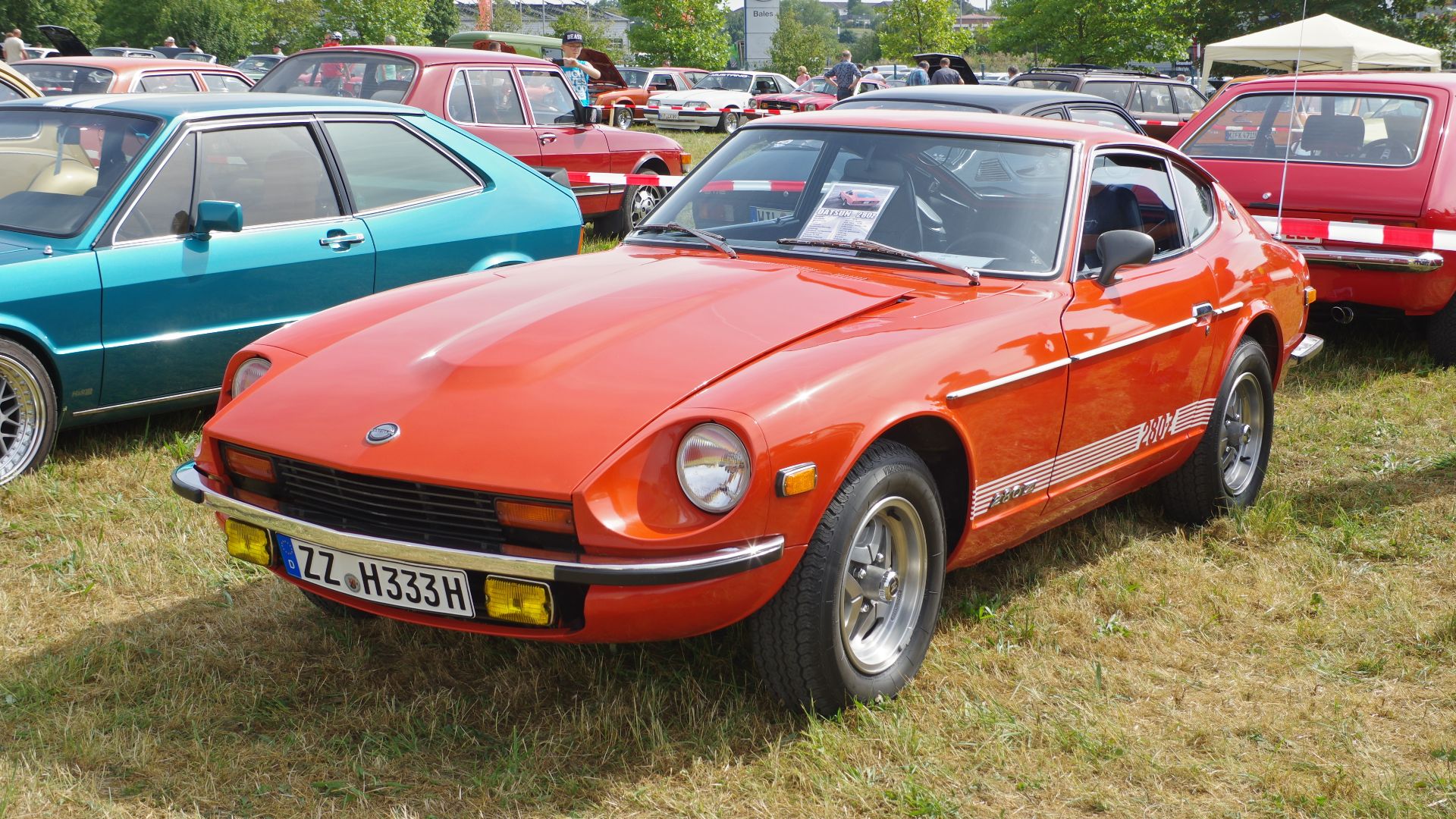 Berthold Werner, Wikimedia Commons
Berthold Werner, Wikimedia Commons
You May Also Like:
The Rarest Classic Cars Ever Made
Classic Convertibles Everyone Dreams About

